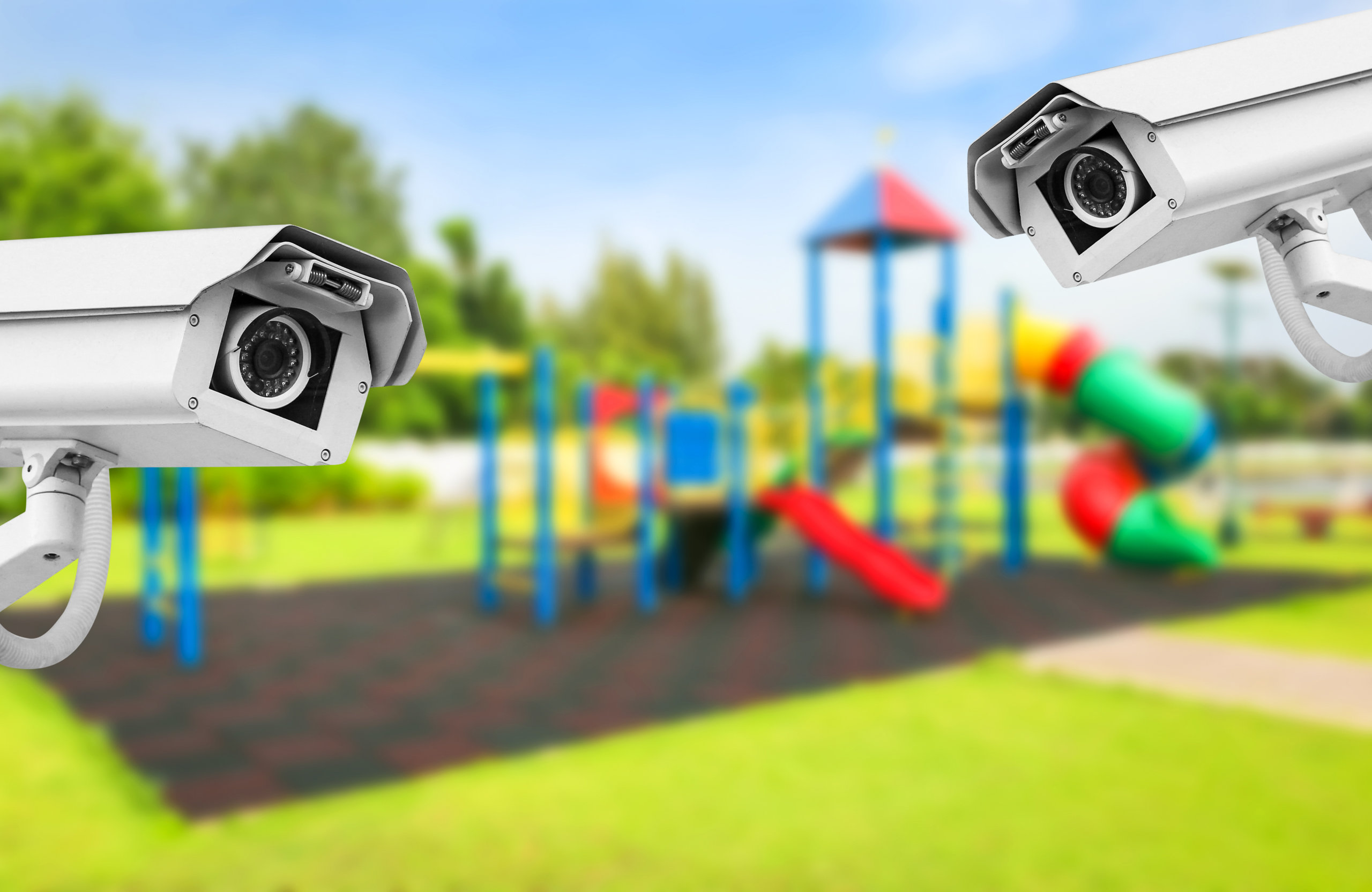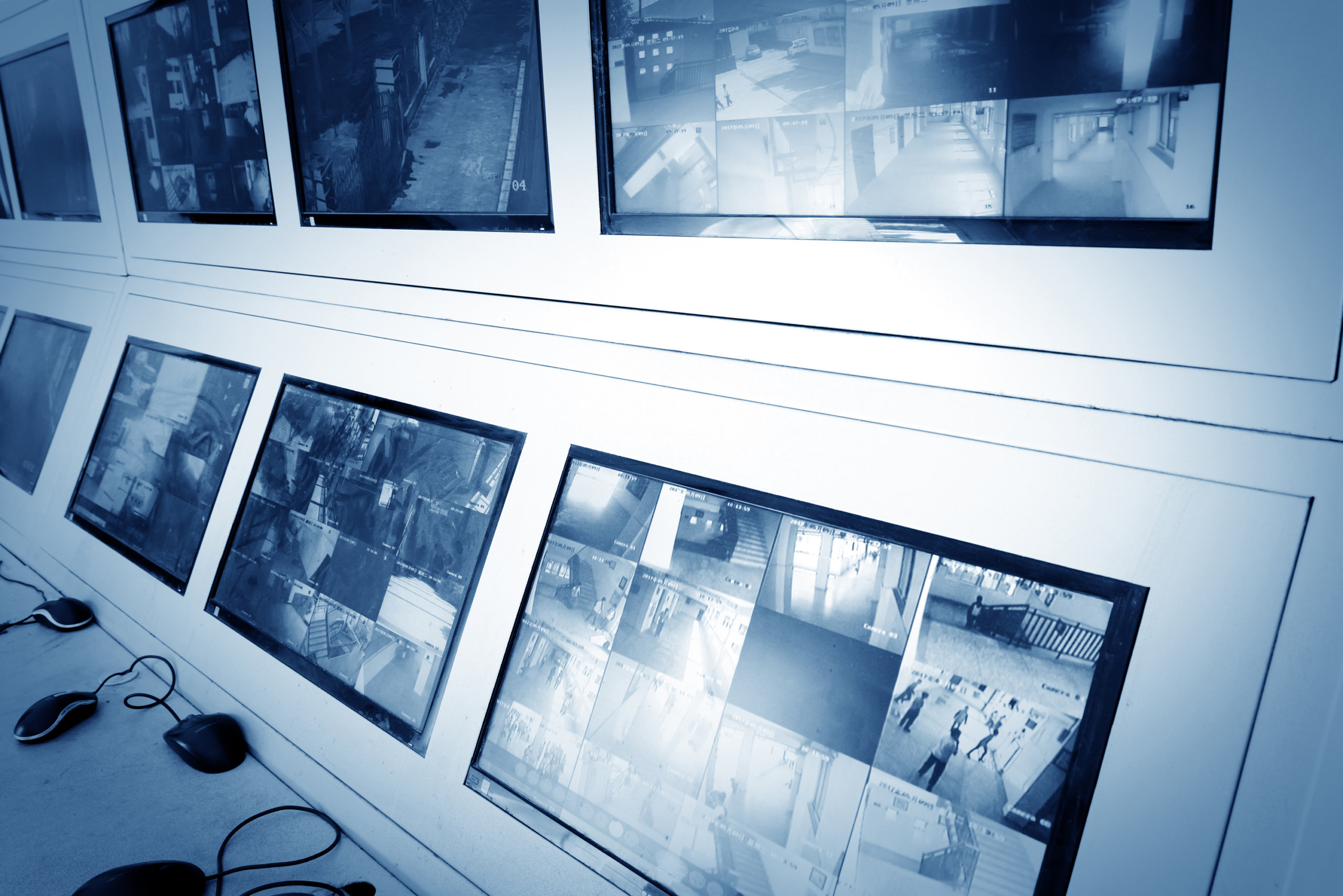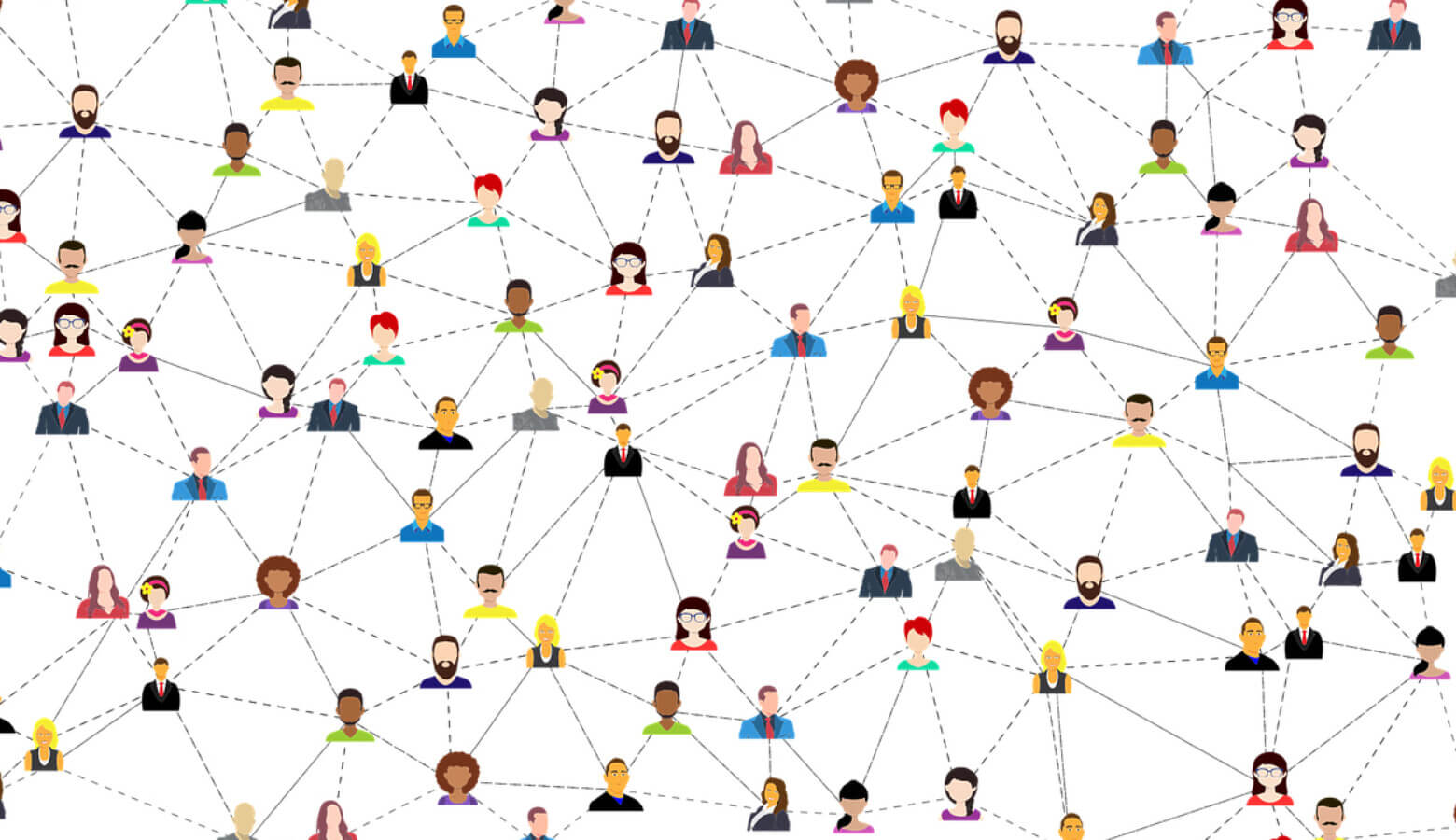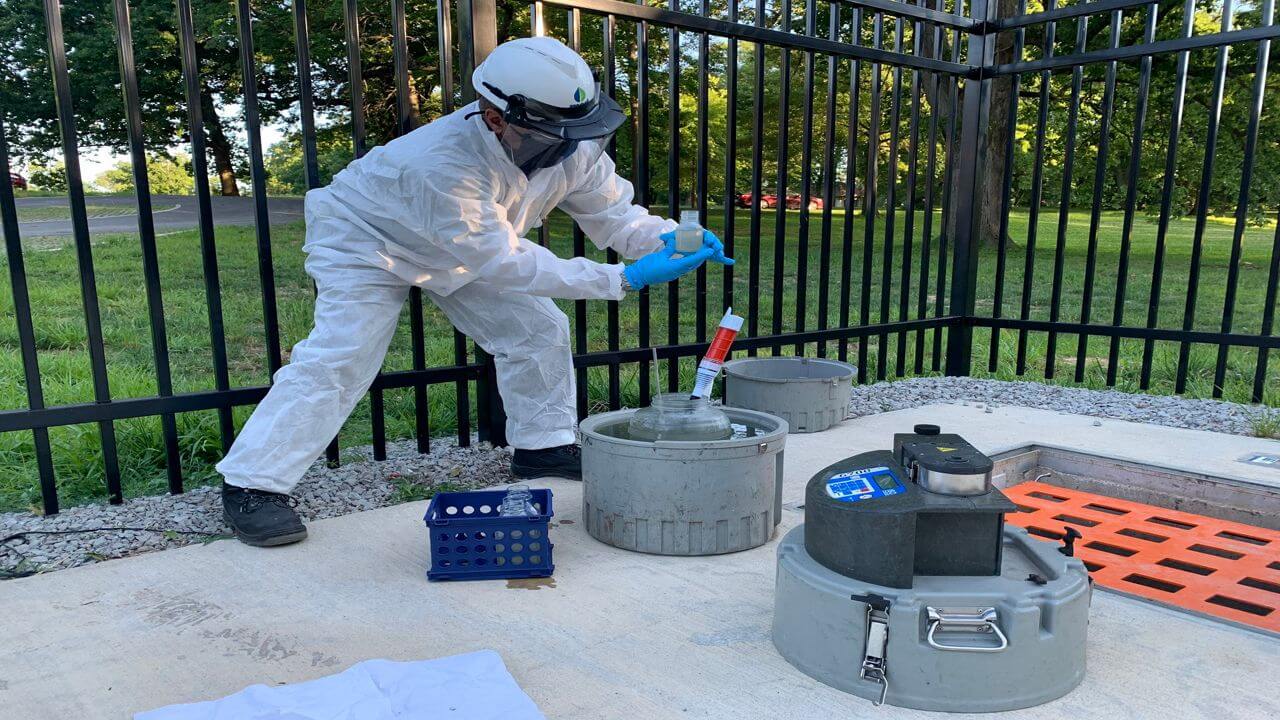
There has been a lot of debate on whether schools should open and whether children contribute to the spread of the coronavirus. Some schools aren’t taking any chances; they’ve decided to stay remote in spite of the fall season starting. But others are employing a novel approach to this conundrum.
Fayette County Public Schools (FCPS) in Georgia, located a half-hour south of Atlanta, is a school district with 24 schools. Before school started last month, this district purchased and installed 75 cameras with thermal imaging from Hikvision, a Chinese manufacturer of surveillance equipment, including facial recognition tools. Will these precautions be enough to track the coronavirus effectively and allow school officials to take early action and stop any possibility of it spreading?
Practical Tracking Measures
Hikvision markets its products to schools directly, mentioning “value-added” choices like automated face identification and mask detection. Each camera that FCPS invested in costs $7,000. The cameras rapidly estimate temperatures, reducing exposure for adults by removing the need to manually measure the temperature of each student every day.

According to Melinda Berry-Dreisbach, a spokesperson for the FCPS district, the cameras will be used for the sole purpose to measure body temperatures for signs of fever from the COVID-19 virus and other viruses. Berry-Dreisbach says the thermal cameras are a “practical way” to look for elevated temperatures in staff and students at the beginning of each day. She emphasized that the cameras would not be used for facial recognition or any sort of automated identification purposes. Data privacy-wise, the temperature readings will be stored locally on the school’s local network and deleted eventually.
But experts worry about the efficacy of the surveillance technology in preventing an outbreak and the safety and privacy of students and staff after the pandemic ends. After all, if the cameras are activated past the pandemic, what’s stopping the school or the original manufacturer from tracking students and implementing facial recognition technology? Albert Fox Cahn is the executive director of New York City-based Surveillance Technology Oversight Project (STOP) and host of the “Surveillance and the City” podcast. He says temperature check efficacy is unproven and that infected people can be presymptomatic or asymptomatic.
According to Cahn, surveillance tools are a “costly distraction from evidence-based public health measures” like social distancing, mask-wearing, and contact tracing. But Cahn also says that he can understand why these tools are so attractive to school districts: “You have this situation where people are faced with impossible choices: either trying to provide education remotely or trying to invest huge sums in manual contact tracing and really restrictive measures.”

But the fact remains for Cahn that although this technology sounds incredible, it’s just not credible.
An Imperfect Solution?
Rachel Levinson-Waldman is deputy director of the Liberty and National Security Program. She says that location tracking can be a blunt tool that only gives a partial glimpse into the full picture. An app that alerts you about coming into proximity to someone with a positive diagnosis of coronavirus doesn’t provide the proper context: Was there a barrier between you two? Were both of you wearing masks or face shields? Were you indoors or outdoors?
Levinson-Waldman says cameras and tracking tools installed during the pandemic are at great risk of staying past the pandemic and becoming tools for law enforcement, school policy enforcement, and government surveillance. It doesn’t matter how the data is intended to be used; what matters is that the information that’s being collected from these IoT applications is already very personal to begin with. “You’re getting into really sensitive issues if you’re identifying things like when are students in the bathroom because that information gets more and more intimate,” said Levinson-Waldman.
According to a report by STOP earlier this month, any technology implemented during pandemic school reopenings should prioritize potential hacking attempts, data privacy, and student privacy from parents, police, and school administrators. The report concluded that persistent location monitoring of students is another facet of the “school-to-prison pipeline,” which provides law enforcement with tracking capabilities of, especially, children of color.
Increasing Surveillance in Schools
Before the pandemic began, school districts were interested in implementing surveillance technology to secure their campuses better by finding weapons, tracking visitors, and fighting truancy. Dozens of schools started using Bluetooth to track students’ locations in real-time. One New York state school experimenting with facial recognition tools before they were forced to shut down the program by state legislators.
The Wall Street Journal reported recently that Motorola is offering an AI application for detecting and measuring mask compliance from video. Some schools are giving their students wearables to track who they come in contact with. Some wearables even have coronavirus-screening apps. TechCrunch recently reported about students at Michigan-based Albion College being required to use a contact-tracing app. It tracks students’ movements and location in real-time, is mandatory to use during school hours, and can result in correctional action if the student is not complying.
The problem isn’t just at in-person schools; even schools that are staying remote are using surveillance technology to remotely proctor students during tests, take attendance automatically, and tally up homework automatically.
Some Schools Are Standing Their Ground
Some schools are staying far away from surveillance technology. They’re focusing on traditional tracing and testing methods. For example, Duke University is using a “pool-testing” system to test five samples at once. Other schools are taking a similar approach: at the University of Arizona, school administrators are testing dorm wastewater for indications of the virus. Using this process, the school says they prevented a large outbreak recently. When a water sample was positive at a dorm, the school tested everyone in the building and found two students who tested positive for the coronavirus. The school then quarantined them alone, preventing the spread of the virus.
At public schools in New York City, 10% of students and teachers will be randomly tested to monitor for the virus when schools reopen. In Los Angeles, schools unveiled a plan to test 700,000 students in the coming months. Although these efforts cost a lot in money and resources, they are safer in the long-term for students’ privacy.
Running Out of Funds
Many schools are asking for federal funding for effective contact tracing by experienced professionals who can be trained to work with kids. As for Cahn, he says he trusts humans much more than machines to prevent outbreaks.
Only time will tell which schools took the right steps in securing students’ privacy, preventing the most amount of outbreaks, and doing it all within budget. But for now, we’ll have to wait, see and hope that all of these strategies are effective in saving lives.
What do you think of using surveillance technology in school to monitor the spread of COVID-19? Do you think it’s ethical or nonsensical? As always, let us know your thoughts in the comments below!







